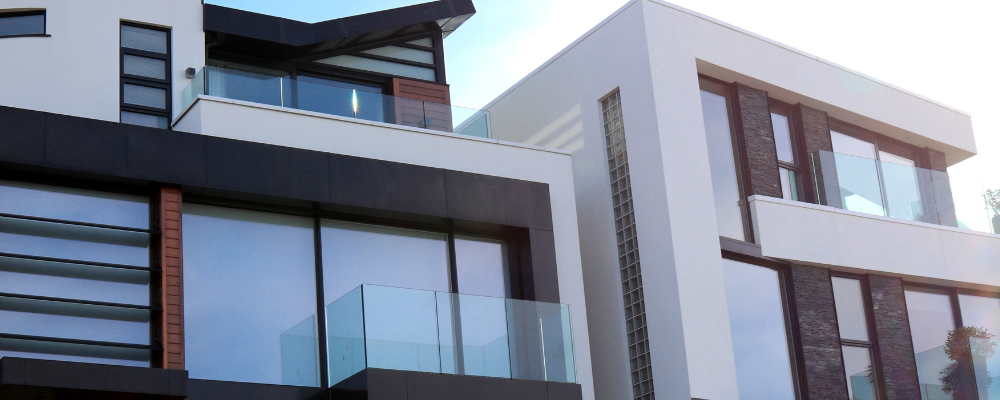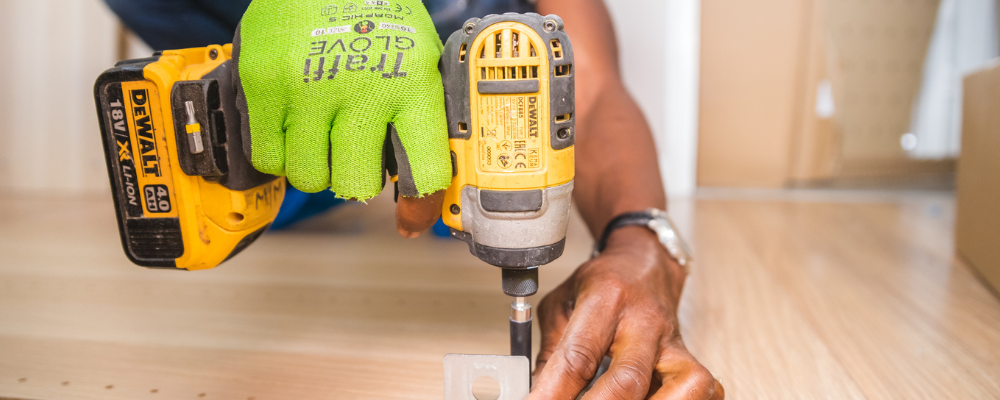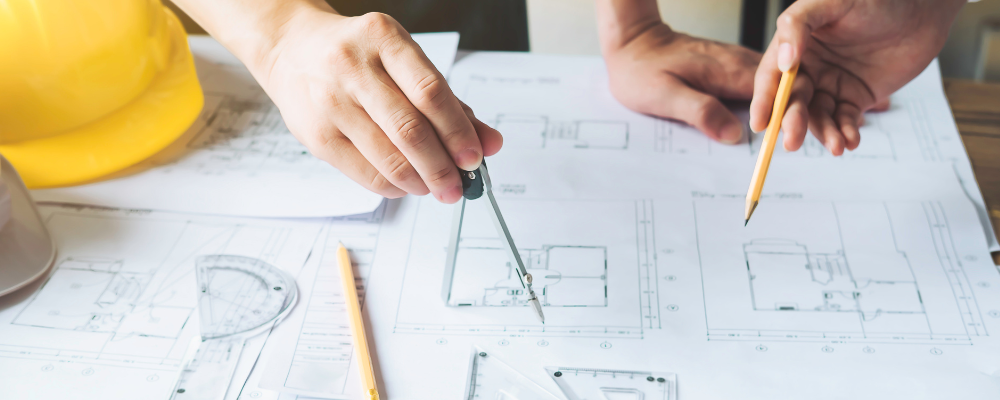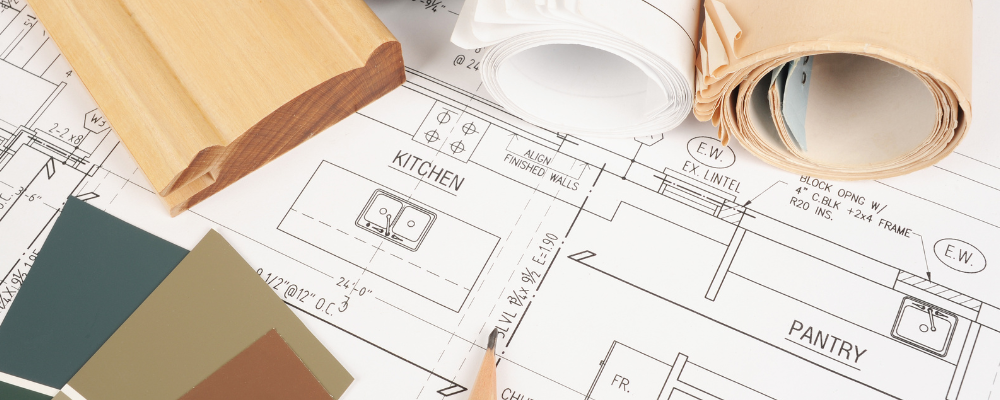The Short Answer
For real estate investors, distinguishing between hard costs vs soft costs is a vital skill needed for budgeting and financial planning, risk assessment, effective construction project management and optimizing your returns.
In a nutshell, hard costs are the tangible, physical construction expenses that are directly related to the construction or building of a structure. Also called brick and mortar costs. Soft costs are the intangible expenses that can occur before, during and after the construction phase of the project.
Some examples of hard costs include construction materials, labor, permits and equipment.
Some examples of soft costs include architectural and engineering fees, legal fees and financing costs.
Jump To
Definition of Hard Costs
The hard costs associated with real estate development are the physical construction expenses incurred during the construction phase of a project. These are essentially the brick and mortar costs of the project, and they refer to the direct construction costs. Hard costs will cover the labor and materials that are required for building a structure. Labor costs can include grading, site excavation and landscaping, while materials can include cement, drywall and carpet.
Definition of Soft Costs
Soft costs in real estate development cover intangible expenses that aren’t physical construction items, however they can be related to the construction of the project or the lead-up to the project or continue after the project. In other words, soft costs can occur at any phase of the project or investment. Soft costs include taxes, legal fees, property maintenance and insurance that carry on after the project’s completion.

Key Differences Between Hard Costs vs Soft Costs
Difference 1: Tangible vs intangible
Hard costs are related to specific items that are used during construction, such as construction materials like cement and drywall. In other words hard costs are the physical construction costs.
On the other hand, soft costs are not related to tangible construction costs, but instead relate to intangible expenses such as legal fees and property maintenance. Tangible costs can be easier to plan for, while intangible costs can be more difficult to plan and account for.
Difference 2: Project duration vs unlimited timeline
Hard costs are only the expenses that are incurred for tangible items during the construction phase of the project specifically. These costs will end once the construction phase of the project has been completed and can usually be found in the construction budget.
Whereas soft costs are related to intangible expenses that can be incurred before, during and after the construction phase. This means that hard costs typically have an end date, whereas soft costs may continue for an unknown period of time.
Difference 3: Easy to quantify vs harder to estimate
Hard costs are easy to quantify because they’re tangible, physical construction costs that are not likely to change drastically. However, soft costs are more difficult to estimate because they are more complex and can change and shift depending on the project. For example, project management fees may vary depending on the scope of work, whereas the materials and labor will be roughly the same as the estimate because they won’t change in price.
Full List of Hard Costs

- Site preparation: At the start of a project the initial landscaping that is required includes planting trees, laying grass and fertilizer, and installing garden features. There may be various other costs associated with preparing the property for the project. These expenses are classified as hard costs.
- Construction materials: The materials that are used during construction include steel, lumber, concrete and more. These are all hard costs as they are physical expenses, directly related to building and are therefore construction costs.
- Interior costs: These include flooring, wallpaper, paint and the likes of alarm systems, fire escapes and more.
- Labor: Construction workers, contractors, and sub-contractors all need to be paid their wages and this falls under labor costs which is a hard cost for the construction project.
- HVAC installation: The heating and cooling system needed in a building fall under direct construction costs.
- Utilities and infrastructure: Installing the electrical system, plumbing, water, sewage and other utilities or infrastructure related items also falls under the construction costs umbrella.
- Insurance: Coverage for construction-related risks and liabilities during the building process are construction costs and as such, considered hard costs.
- Construction equipment: Rental or purchase costs for heavy machinery and tools used in construction are physical expenses that fall under construction costs. Acquiring new equipment, and maintaining the current equipment are both hard costs that will impact the construction team’s ability to complete the project.
Full List of Soft Costs

- Repairs from unforeseen damages: Damages that may occur to the property after the construction phase, will need to be repaired. The cost of these repairs would fall under soft costs as they are no longer associated with the construction project.
- Legal fees: Legal fees that are incurred as a result of contract drafting, regulatory compliance and other legal consultations.
- Rental property upkeep: Once the construction project is completed, a property will need to be maintained if it’s being kept and used to rent out. This maintenance can include costs for repairs, yard upkeep and more, which are all soft costs.
- Architectural and design: Any design or architectural professionals that are working on the project will need to be paid and this becomes a soft cost.
- Project management: The costs associated with project management are soft costs, and include project manager fees, computer data equipment and more.
- Marketing: Once the construction is complete, a property will be marketed either for sale, or for rent. These marketing expenses can be anything from social media advertising costs, to signage, flyers and more.
- Property taxes: Taxes associated with the ownership of the property during the development process are intangible costs that are soft costs.
- Consultant fees: The payments made to specialists or consultants providing expertise in areas such as environmental impact assessments.
- Insurance: This includes insurance that is not for construction-related risks, and as such does not directly relate to the construction and falls under the soft costs umbrella.
- Administration expenses: These include general office expenses, such as office rent, utilities, and administrative staff salaries.
- Financing fees: There are fees charged for loan applications, and other expenses associated with getting financing. These are all soft costs as they don’t relate to the physical costs of construction.
How To Estimate Hard Costs
Estimating both hard and soft costs is a key element to creating an approximation of the cost of an entire project. The cost of the project has a big impact on the project’s profitability so it’s important to account for all costs.
When it comes to budgeting, hard costs are easier to estimate due to their tangible nature. Labor and materials can be estimated ahead of time, based on the project scope and the construction budget, and the price of these isn’t likely to change.
Estimating the hard costs at the outset of the project can be done by using the scope and plans of the project to quantify the specifics of the construction, including materials, dimensions, and other relevant details. The materials, labor and equipment cost details can be worked out from the project plan and scope relatively accurately.

How To Estimate Soft Costs
Including the soft costs in project budgets is crucial, given that they may constitute 25 – 50% of the overall project budget. It is equally vital to quantify them early in the project timeline, to make sure that the calculation of the final return on investment for project delivery is as accurate as possible.
Understanding the phases of the project is the first step towards estimating the soft costs associated with it, because they are incurred throughout the project lifecycle. These phases include planning, design, permitting, construction, and post-construction.
Once you’ve done this, factor in the professional services you may need (such as consulting, legal and architectural), then look at the cost of the permits and legal costs. With this, you’ll need to look at project management, marketing, insurance and consultancy fees, to get a well-rounded estimation of the project’s soft costs.
Final Tips For Distinguishing Hard Costs vs Soft Costs
In the dynamic landscape of real estate development, balancing and managing both hard and soft costs is essential for success. It’s essential to recognize the symbiotic relationship between hard and soft costs, where a well-managed blend contributes to the overall success of a project. In other words, both tangible and intangible costs are important parts of any real estate development project, and play a part in making sure that the project is profitable.
Effectively identifying and categorizing all hard and soft costs is a necessary element in the successful management of a construction project. The allocation of costs will inevitably impact the return on investment. Hence, it is imperative to dedicate the necessary time to scrutinize and ensure the thorough accuracy of your construction budget before committing to the investment. While hard costs are easier to quantify, soft costs can be budgeted for as well, to ensure a more accurate overall project budget estimation.

